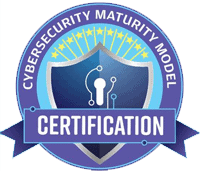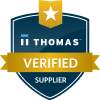Celebrating 60 years of cutting-edge optics, industry trends, and community values.
Founded in 1964 by Stefan Sydor, Sydor Optics, a family-run pioneer in optics-component manufacturing, is celebrating its 6oth year in business this year. An exhibitor at Photonics West for over 20 years, Sydor has remained a leader in optics technologies by embracing new approaches that meet their clients’ requirements. Stefan began his career at Eastman Kodak, grinding and polishing lenses, branching out to work on the 200-inch telescope mirror for the Mt. Palomar Observatory and installing cameras across the globe for the Baker-Nunn satellite tracking network.
When his own entrepreneurial spirit called, he founded Sydor Optics, vesting the company’s culture with its client-focused, business-growth values from the start: “My father’s thought was to make everything better than what it says on the drawing or on the blueprint,” notes Stefan’s son, Jim. “And that’s what we continue to do to this day.” Even more impressively, Stefan’s grandsons, Matthew and Jonathan, have honed that spirit alongside their father, staying customer-focused and, therefore, continuing to develop processes and technologies that respond directly to the optics and photonics market’s trends.
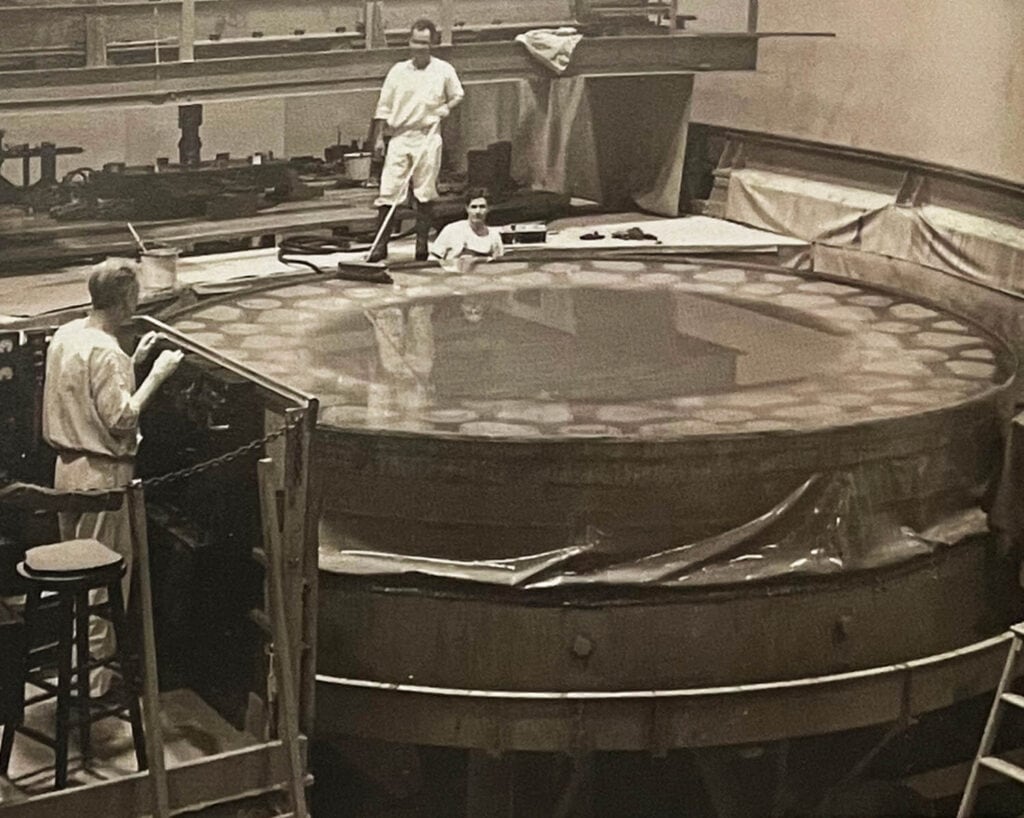
“If our customers are pushing us to do something with tighter specifications or with more CNC machining, or going for a flatness or transmitted wavefront that pushes our current capabilities, then we invest in machines that help us do that,” says Matthew. “If a customer pushes us and there’s a good opportunity for enhancing the business – immersing ourselves in a new aspect of the industry – then we invest in the machinery, the tooling, and the people.”
“We don’t like saying ‘no’ to our customers,” adds Jonathan. “When they create specs that are tighter and tougher and harder to measure and harder to obtain, we do our best to help them achieve those goals. That’s really been the driver for us to continue to get better and have new in-house capabilities.” In the industry, he notes, they’ve seen big increases with infrared and heat sensing – “a lot of that military stuff” – as well as lidar and AI. “These are all driving technology and industry now, and working with new materials and styles of products has helped us continue to grow.”
Recent boundary-pushing areas for Sydor have included high-precision, CNC machining and non-common materials like zine selenide, zinc sulfide, chalcogenides, and other IR materials as well as fused silica, Borofloat, silicon, germanium, sapphire: “Those have all been new for us in the last four or five years.”
That commitment and readiness to move into new arenas has scaled Sydor Optics up exponentially. When Jim joined Stefan at the company in 1978, it was just the two of them serving around 10 customers, the primary ones being Eastman Kodak, Bausch + Lomb, and the University of Rochester. Sydor’s biggest break came in 1990 with a contract for tank windows – primarily to be used in the Gulf War. That high-volume, double-sided project enabled Sydor to buy a pair of large double-sided machines.
“That changed Sydor Optics from a job shop making lenses and prisms, to specializing in plano optics, flat optics,” says Jim. “That was a real milestone. Then we got involved in projection televisions: we did a lot of substrates for wire-grid polarizers for the projection-television market. That was another good growth spurt for the business. Then came the telecom boom, and we produced a lot of substrates for fiber optics.”
As they grew, their volume production did too. “Our company produces 15,000 to 20,000 components a month with an outgoing quality of 99.6% acceptance,” notes Jim. “In 1980, that number was closer to 500 a year.” The company supports a wide variety of industries, including aerospace, medical, semiconductor, defense, and entertainment: “One of our most productive growth opportunities was working with 3D projection systems for movie theaters,” says Jim. “That enabled us to grow substantially because their demand was very high for precision, flat optics.”
But the critical piece over the decades, woven into the fabric of the company, was taking on every opportunity that came their way. “My favorite story is about the time my dad took a job, quoted it, received the order, and then had to look up what kind of prism he had to work with,” says Jonathan. “That’s the mentality that we still have today – we’ll will say ‘yes’ to the customer, and then figure out how to achieve what they want.”
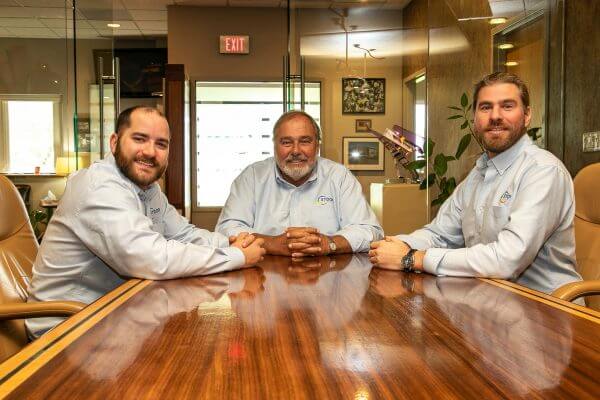
“If a customer pushes us and there’s a good opportunity for enhancing the business – immersing ourselves in a new aspect of the industry – then we invest in the machinery, the tooling, and the people.”
The Sydor team, part of the vibrant Rochester optics community, also contributes to building a much-needed technical workforce. Alongside their longstanding education support for employees, Sydor has implemented a new opportunity: their two-year apprenticeship program – which culminates in an optical certificate from Monroe Community College – provides paid work experience, complemented by nine optical courses at Monroe Community College. It’s a way to support their employees, as well as a way to address the dearth of optics and photonics technicians across the industry, drawing directly from the skills and programs in their community.
As part of another aspect of community support, Sydor has been holding a fundraising clambake for the Monroe Community College’s optics program for more than two decades during the SPIE Opti-fab conference. “Continuing education has always been a big deal for us in terms of helping our employees grow and learn and investing in them,” says Jonathan. “As far as I can remember, we’ve been doing full tuition reimbursement for college. One employee, we put him through a mechanical-engineering degree, and he’s still one of our engineers. Internally, we have probably 15 or more graduates from the MCC program, and probably another 10 to 15 who are either currently or have taken optics classes, Matthew and myself included.”
And it’s being part of that thriving community that drives the youngest generation of the Sydor family. “First of all, I think it’s a really good community,” says Matthew. “I always enjoy hanging out with people at trade shows, for example. And being from Rochester, we know the people in optics that have been working in it for 20, 30, 40 years.
They’re all really good people; everybody helps one another. And then there’s the technology: we’re a component manufacturer, but what our parts go into, that’s really exciting,” he says, mentioning a high-volume part produced by Sydor that’s currently supporting artificial intelligence. “We’ve polished windows for the Orion Spacecraft for the NASA space missions, and we’re working on medical devices for surgeons using robotic arms for surgical procedures. The technology is fun – it’s wonderful, nerdy stuff – and it gets me excited to keep on making, keep on selling, keep on being part of the community.”





